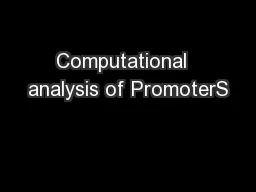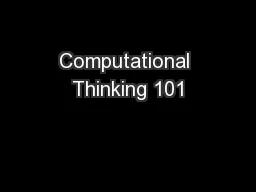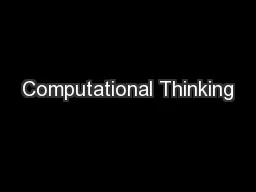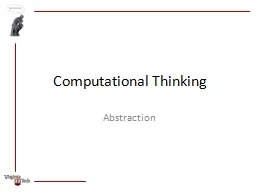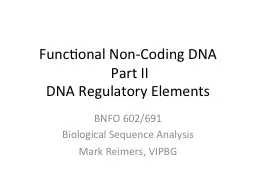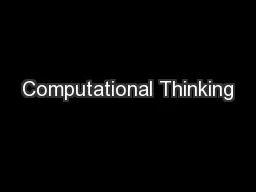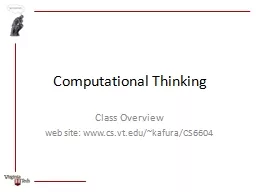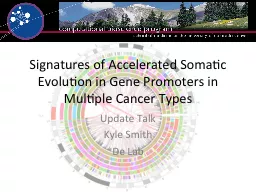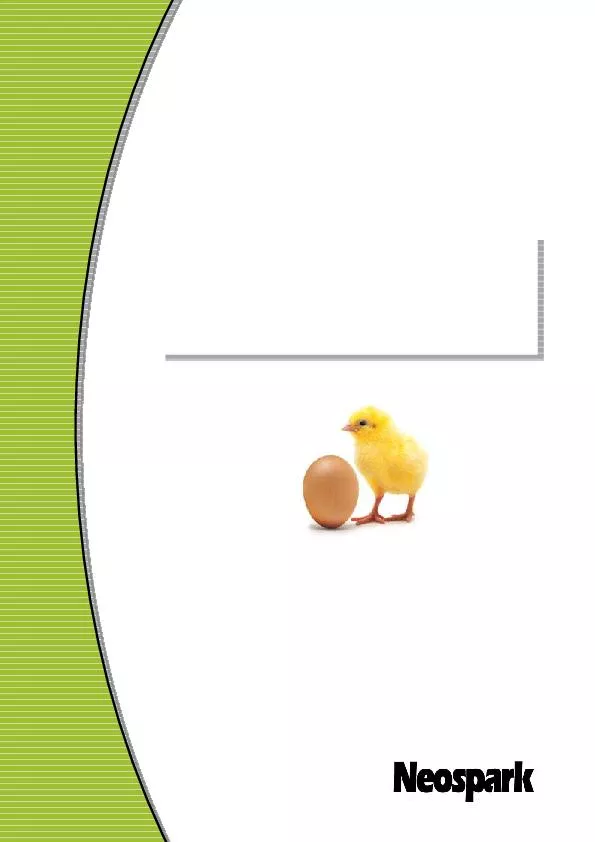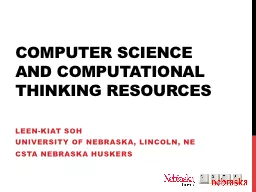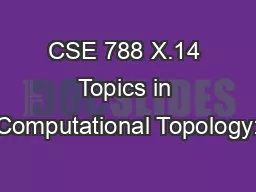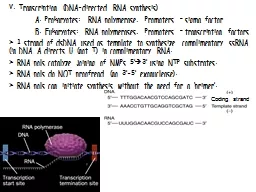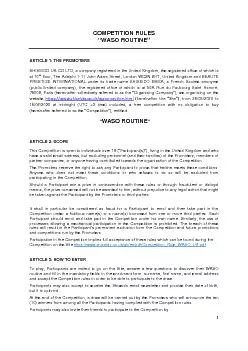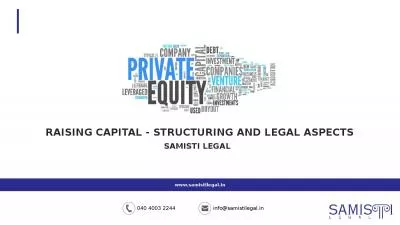PPT-Computational analysis of PromoterS
Author : sherrill-nordquist | Published Date : 2017-10-26
Gene regulation Genomes usually contain several thousands of different genes Some of the gene products are required by the cell under all growth conditions
Presentation Embed Code
Download Presentation
Download Presentation The PPT/PDF document "Computational analysis of PromoterS" is the property of its rightful owner. Permission is granted to download and print the materials on this website for personal, non-commercial use only, and to display it on your personal computer provided you do not modify the materials and that you retain all copyright notices contained in the materials. By downloading content from our website, you accept the terms of this agreement.
Computational analysis of PromoterS: Transcript
Download Rules Of Document
"Computational analysis of PromoterS"The content belongs to its owner. You may download and print it for personal use, without modification, and keep all copyright notices. By downloading, you agree to these terms.
Related Documents

